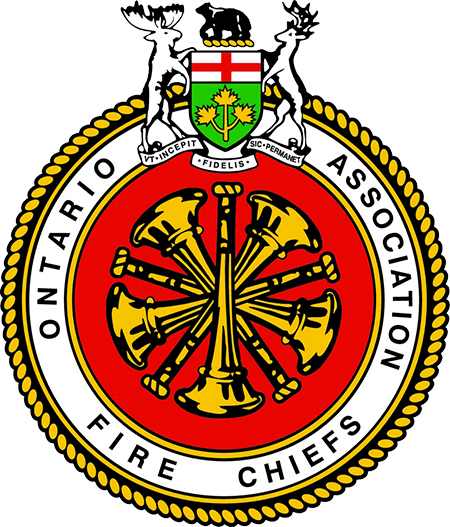Effective January 1, 2026, significant updates to the Ontario Fire Code will impact how residential buildings are equipped, maintained, and operated. The changes, outlined in Regulation 87/25, are designed to enhance fire safety and accountability across the province.
“To ensure continued compliance with the updated Fire Code requirements, building operators are strongly encouraged to consult with their fire and life safety consultant,” said Kristin Ley, Partner, Cohen Highley LLP Lawyers. “A thorough review of the forthcoming changes will help identify any necessary adjustments to procedures and reporting and ensure that all life safety equipment is up to date. Early engagement will also help avoid potential compliance issues as the new regulations come into force.”
Key updates include:
- All exit doors in residential buildings—whether designated as required exits or not—must comply with Ontario Fire Code standards for locking, latching, and fastening. Locking mechanisms must either be approved by the Chief Fire Official or incorporate a simple release that allows the door to be readily opened from the inside. Additionally, electromagnetic locking devices must meet the requirements of the Building Code or receive approval from the Chief Fire Official to ensure safe and compliant egress.
- Ontario will adopt national standards ULC-S536 and ULC-S537 for fire alarm inspection and verification, requiring all reports to follow a standardized format with detailed documentation. Monthly and annual inspections must use prescribed forms, and battery testing must go beyond basic voltage checks to include functional or load testing with recorded results.
- Newer technologies such as voice evacuation systems and wireless carbon monoxide detectors must be included in testing protocols. Any deficiencies identified must be documented separately from general notes to create clearer action lists, and attendance logs must include specific details such as names, dates, and times. Monthly checks also require standardized logs to ensure consistency and compliance across all residential buildings.
- Any keys or specialized tools needed to operate fire alarm systems or access fire protection equipment must be readily available to on-duty supervisory staff at all times.
- Buildings heated by forced-air fuel-burning appliances must comply with new carbon monoxide alarm placement rules effective January 1, 2026. CO alarms are required outside each sleeping area in affected units, on every storey without a sleeping area, in the appliance service room, and in public corridors heated by the appliance, spaced no more than 25 metres apart.
- If the fire alarm system is monitored by a central station, owners must obtain documentation confirming compliance with either NFPA 71 or CAN/ULC-S561 standards. Integrated fire protection and life safety systems must also be tested in accordance with the national CAN/ULC-S1001 standard.
Beginning January 1, municipalities will have the authority to issue fines for Fire Code violations using Administrative Monetary Penalties (AMPs). Penalties can apply to: tenants, property owners, corporations and other responsible parties. To avoid fines and stay ahead of changes, Ley advises apartment owners to audit all building systems and procedures to identify areas needing updates, and ensure their documentation and equipment meet the new standards before deadline.
For a complete list of changes, refer to Regulation 87/25 under the Ontario Fire Code.
